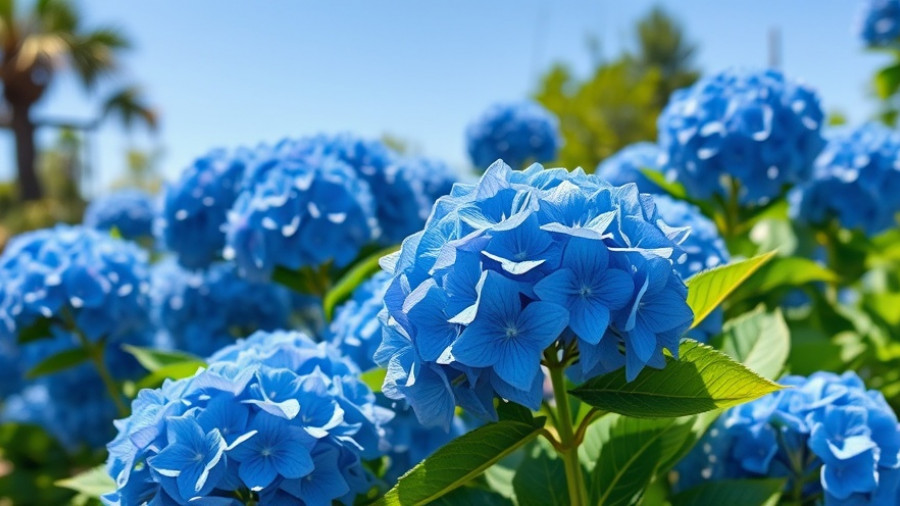
Unlocking the Beauty of Ornamental Grasses in Your Garden
As fall approaches, homeowners and gardening enthusiasts alike turn their attention to how they can enhance the beauty of their outdoor spaces. Ornamental grasses serve as vibrant staples, bringing movement and texture to any landscape. With the right selections, these versatile plants not only add splendor but also shift the environmental dynamic, providing benefits like wildlife support and erosion control. Join us as we explore nine tips for integrating ornamental grasses into your garden design this fall.
Transform Your Landscape: Creating Movement with Grasses
Ornamental grasses can sway gracefully in the breeze, offering a fluidity that static shrubs lack. When thinking of backyard makeover ideas, consider how the movement of grasses can enliven mixed borders or container displays. Look for species with varying heights and textures, such as the feathery Blue Grama Grass, known for its drought tolerance and beauty throughout different seasons.
Building a Waterwise Garden
In an era where water conservation is crucial, opting for drought-tolerant ornamental grasses can significantly reduce reliance on irrigation. These plants not only beautify your outdoor space but also harmonize with eco-friendly yard care practices. Consider integrating varieties like Switchgrass or Miscanthus, which contribute to a low-maintenance landscape while offering a stunning visual appeal. Pair with native perennials to maintain biodiversity and promote local ecosystems.
Crafting the Perfect Foundation Planting
Foundation plantings serve as the backbone of your garden’s design. Introduce ornamental grasses among your evergreen and flowering shrubs to create a dynamic layout. The fine blades of grasses can enhance the texture of wider-leaved plants, showcasing varying forms and colors. For instance, Try adding hydrangea and purple coneflowers to contrast beautifully with the emerald blades of grass.
Staying Ahead of Invasive Species
While the allure of ornamental grasses is undeniable, be cautious with your selections. Certain species can become invasive, disrupting local ecosystems. Always research local guidelines and consider native grasses, which offer a plethora of benefits while remaining beneficial for local wildlife. This practice aligns with sustainable garden planning tips aimed at fostering healthy habitats.
Maximizing Seasonal Appeal
Part of the charm of ornamental grasses lies in their enduring beauty across seasons. While many plants fade or die back in winter, grasses often remain, their dried seed heads and foliage shimmering with frost. This can create a striking winter landscape, prolonging interest long after the last blooms have faded. As you design, remember to leave some grasses standing for winter interest.
Incorporating Grasses into Your Existing Features
Already have a garden or landscape in place? Ornamental grasses can be the perfect addition to existing features like a fire pit or patio. Their height and structure provide a natural visual screen, enhancing privacy while adding softness around hard surfaces.
Actionable Insights for Your Garden
Before stepping out to plant, assess your garden’s sun exposure and soil type. Choose grass species that thrive in your local climate. Also, consider spacing; grasses are known for their expansive growth, so allow adequate room for each plant to flourish. Following these tips not only beautifies your space but also transitions your yard into an eco-friendly sanctuary.
Conclusion: Your Action Plan for Ornamental Grasses
By understanding the unique benefits and beauty of ornamental grasses, you’re equipped to transform your landscape into a stunning autumn display. Evaluate your existing gardens, research native species, and implement these design strategies to elevate your outdoor aesthetic. With a little planning and the right plants, your yard can become a vibrant hub for wildlife and relaxation.
Start your journey to a more vibrant and sustainable garden by exploring our seasonal planting guide. Dive into the world of ornamental grasses and express your creativity this fall!
 Add Row
Add Row  Add
Add 




Write A Comment